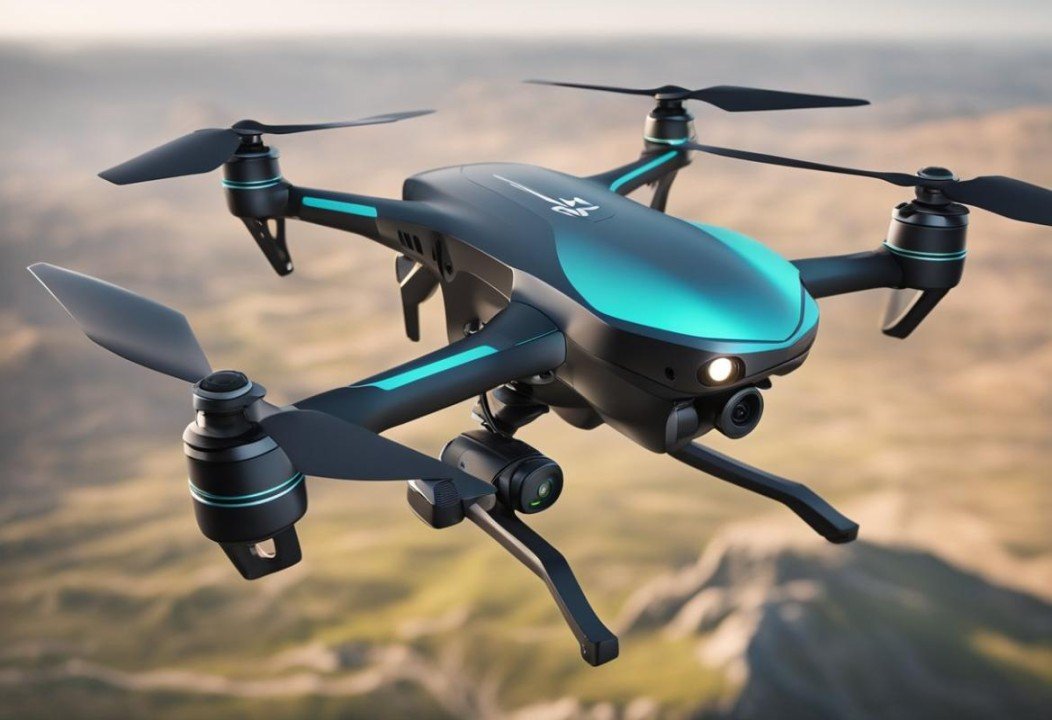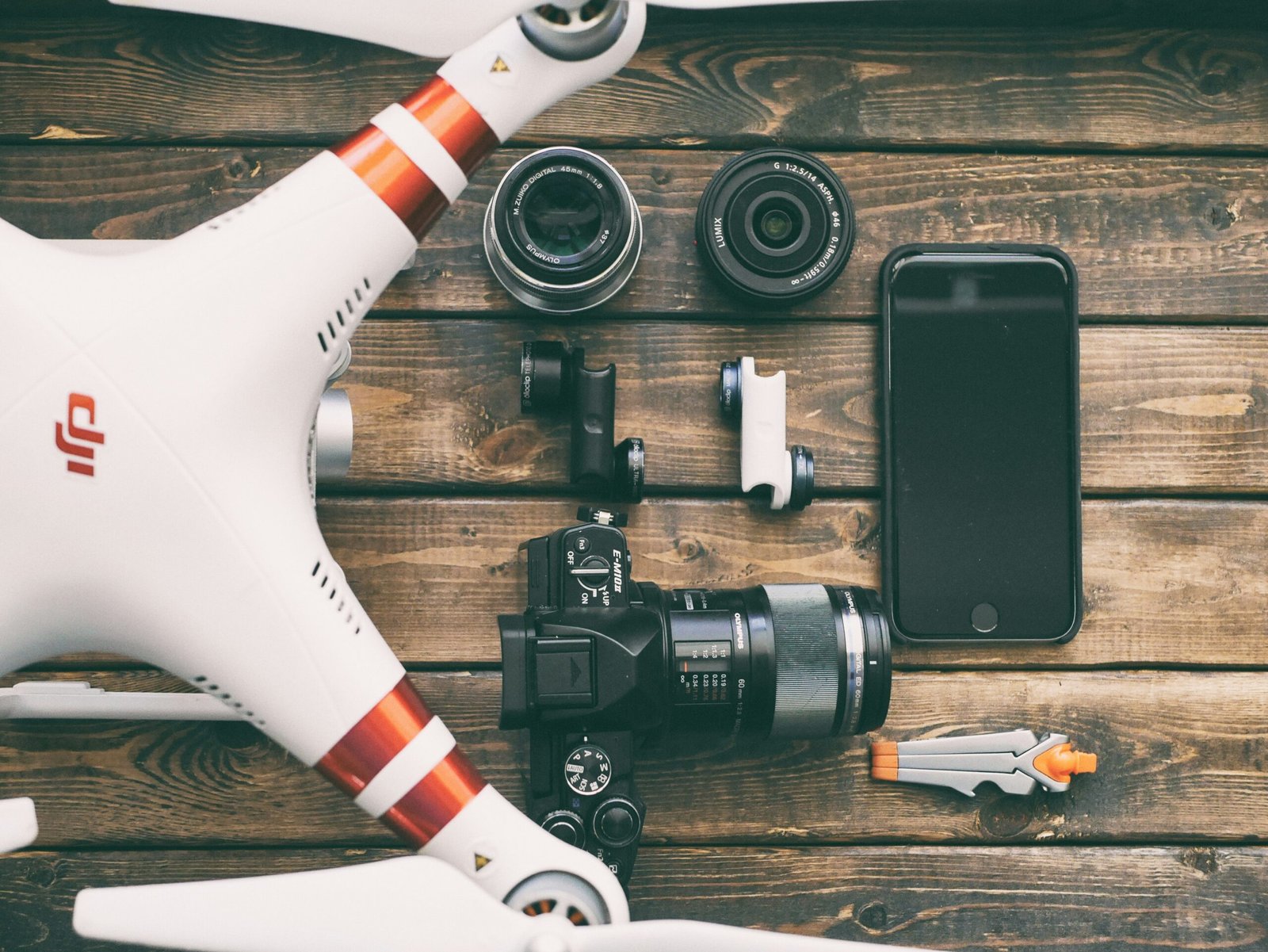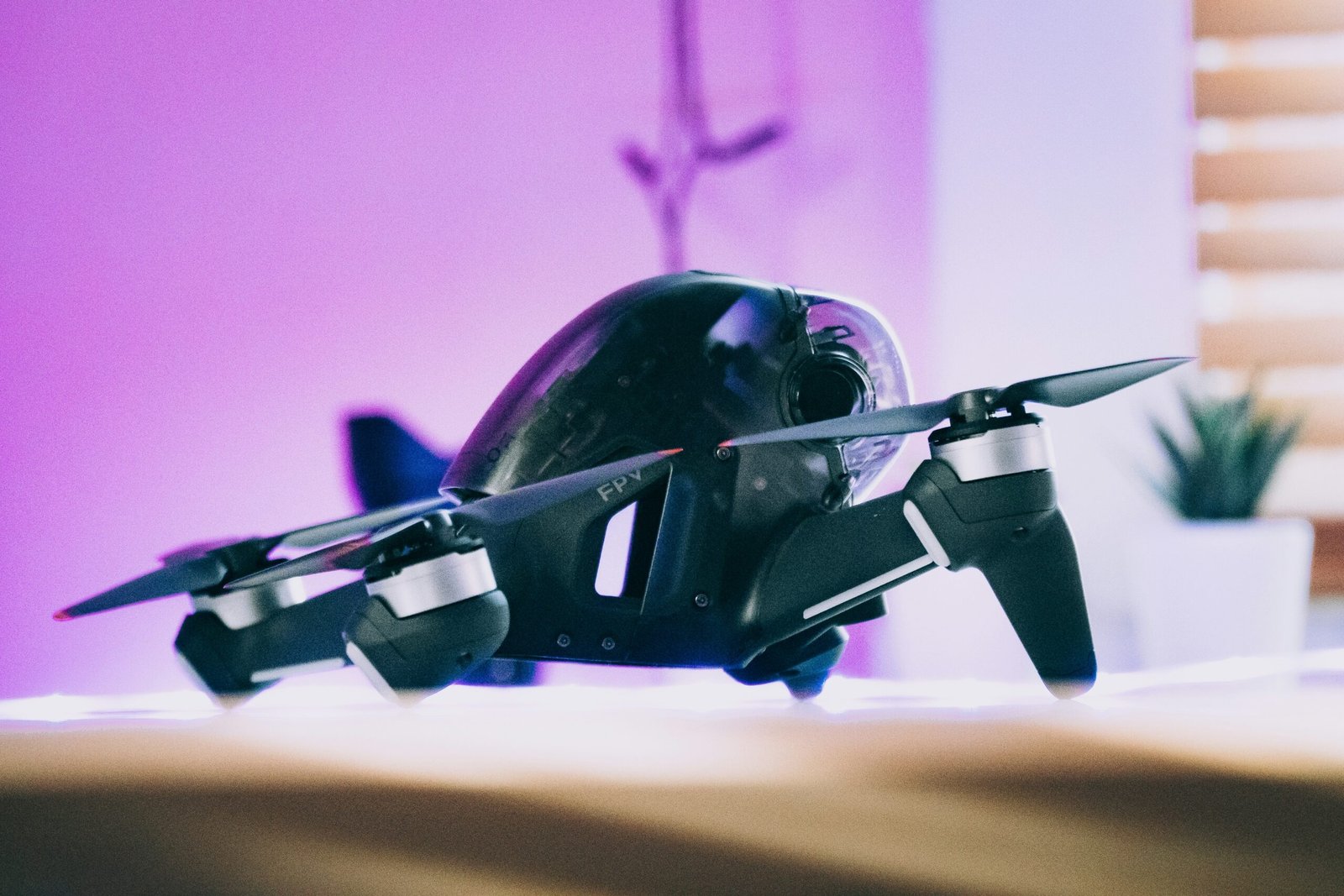Drones, officially referred to as Unmanned Aerial Vehicles (UAVs), have evolved from niche military tools to indispensable devices in industries such as agriculture, filmmaking, and disaster management. Their history spans over a century, marked by technological advancements and groundbreaking applications. Here is a detailed, SEO-optimized overview of the history of drones.
The Early Days: Origins in Military Innovation
The concept of unmanned flight began in the early 20th century, largely driven by military needs.
- World War I: The first attempts at creating pilotless aircraft emerged during World War I. In 1916, the “Aerial Target,” a radio-controlled aircraft developed by the British, became one of the earliest examples of drone technology.
- 1920s and 1930s: The interwar period saw significant advancements in unmanned aviation. The Kettering Bug, developed in the U.S. in 1918, was a prototype for a guided missile. Meanwhile, the British Queen Bee, introduced in the 1930s, served as a target drone for anti-aircraft training【6】.
- World War II: Drones saw further refinement during World War II. The U.S. Navy developed the TDR-1 Assault Drone, which could carry explosives for precise strikes. Germany, on the other hand, used the V-1 flying bomb, a precursor to modern cruise missiles【7】.
The Cold War Era: Advancing Surveillance
The Cold War fueled drone innovation, primarily for intelligence gathering and reconnaissance.
- 1950s: The U.S. developed the Ryan Firebee, a jet-powered UAV used extensively for target practice and surveillance. Its versatility made it a foundation for many modern drones.
- Vietnam War: During the Vietnam War, drones like the AQM-34 Lightning Bug conducted aerial reconnaissance, allowing the U.S. military to gather intelligence without risking pilots’ lives【6】【7】.
- Spy Drones: The Cold War also saw the emergence of high-altitude drones such as the D-21, designed to capture detailed images of enemy territory without being intercepted【8】.
The Rise of Civilian Use (1990s-2000s)
The transition from military to civilian applications began in the late 20th century, spurred by technological advancements and reduced costs.
- Miniaturization and GPS Integration: The 1990s marked a turning point as drones became smaller and more reliable. The integration of Global Positioning Systems (GPS) enabled precise navigation, making drones suitable for commercial use.
- Predator Drones: The MQ-1 Predator, introduced by the U.S. in the 1990s, gained fame for its use in surveillance and, later, armed missions. It set the stage for drones as dual-purpose tools in warfare【7】.
- Civilian Adoption: By the early 2000s, drones became accessible to civilians. Early adopters included researchers and hobbyists who used UAVs for tasks like wildlife monitoring and aerial photography【6】.
The Modern Era: Widespread Adoption (2010-Present)
Today, drones are ubiquitous, revolutionizing industries worldwide.
- Consumer Drones: Companies like DJI popularized consumer drones, making them affordable for photography, videography, and recreation. Models such as the DJI Phantom series offer high-quality imaging and ease of use.
- Commercial Applications:
- Agriculture: Drones equipped with sensors help monitor crop health, optimize irrigation, and apply pesticides with precision.
- Delivery Services: Companies like Amazon and Zipline are pioneering drone-based delivery systems, promising faster and more efficient logistics【8】.
- Disaster Relief: Drones assist in search-and-rescue missions, providing real-time data in inaccessible areas【6】【8】.
- Regulation and Challenges:
- As drones became prevalent, governments introduced regulations to ensure safety and privacy. For instance, countries like the U.S. and India require drone registration and pilot certification.
- Technological challenges, including battery life and air traffic management, continue to shape the industry【7】【8】.
The Future of Drones
The future holds immense potential for drone technology. Innovations such as autonomous flight and swarm technology are set to redefine applications in fields ranging from defense to urban planning.
- Artificial Intelligence (AI): AI-powered drones will enable more advanced applications, including predictive analytics and autonomous navigation.
- Urban Air Mobility (UAM): Drones are expected to play a key role in urban transportation, with concepts like passenger drones under development【8】.
- Sustainability: Eco-friendly drones powered by solar energy or hydrogen fuel cells will address environmental concerns, ensuring greener skies.
Conclusion
Drones have come a long way since their inception as military tools. From revolutionizing warfare to transforming civilian industries, their impact on society is profound and ongoing. As technology advances, drones will continue to break barriers, offering innovative solutions to complex challenges.
For the latest trends in drone technology, visit trusted sources like India Today, Business Standard, and industry-specific publications.
Internal Link :- ragdi








